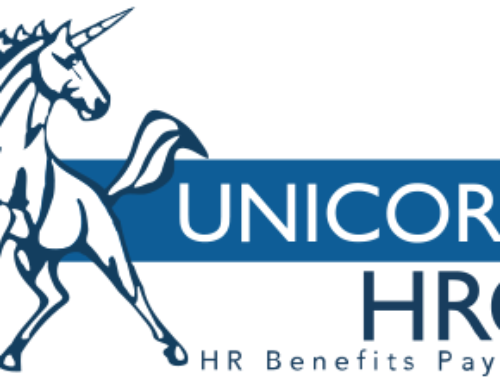In the past, companies have used higher pay and bonuses as a way to retain as well as incentivize top employees, usually in the form of performance based bonuses which can be used as a reward while keeping base pay rates under control. While this practice remains popular, there has emerged in recent years a recognition that higher pay does not necessarily guarantee increased performance and productivity. The reason given for this is that monetary rewards can sometimes discourage workers from focusing on innovation and learning, as they encourage employees to only focus on reward-based goals. For employees to continue to learn and grow in their profession, many companies have begun adding evaluation systems which are more peer-based, continuous, and rating-less. Below are some strategies that companies have adopted as an alternative to monetary incentives.
Annual reviews plus continuous, rating-less, feedback
In the past, performance has been evaluated via an annual review, but the weakness of relying solely on this is that employees might not be aware of how they are doing in their job or if they’ve improved their performance until this review is released. Consequently, more companies have begun to introduce quarterly reviews as well as implementing a system of giving continuous feedback to employees using rating-less systems. While the annual review can be retained for decisions relating to compensation, these quarterly reviews and feedback can focus on the employee’s development and growth.
Peer feedback
A good way to let employees know how they’re doing in their job (as well as supporting pay-related decisions) is to elicit feedback on an individual’s performance from their co-workers. Rather than use rating-based systems, employees are asked open ended questions regarding the employee’s growth, and are asked to provide specific examples of that growth. This allows for constant feedback and employees are not solely dependent on managerial input when being evaluated.
Allowing employees to set Objectives and Key Results (OKRs)
One method some companies use to give an employee a clearer picture of what is expected from them is to allow the employee to set their own objectives and goals. This is done with approval from management and during an employee’s review, any compensation decisions made are based on if the employee in question accomplished these goals. Along with input from management as well as their peers, employees are also required to provide a self-assessment detailing how well they believe that they have achieved these goals. Employees are also assessed on areas such as skill development, how well an employee collaborates with teammates, contributes to the team, and displays leadership abilities.
Transparency in Compensation decisions
Many companies are abandoning individual performance-based bonuses altogether, and instead focusing on other ways to make compensatory decisions. One way to do this is to use a formula for salaries which is based on an employee’s role, years at the company, and experience level. This gives employees a clear picture of where they are at the company, eliminating the question of compensation, and allowing feedback to focus solely on development, growth and longevity. Another approach is to end the practice of individual-based rewards completely and instead base compensation on employee team performance, although this has only been shown to work if employee teams are limited to five or less workers.
While the practice of individual based bonuses to incentivize employees can still be an effective way of improving performance and productivity, it’s important to know that this is not a “one size fits all” solution and your company might be looking for other ways to achieve this goal. HR staff need to consider alternative methods, examine the pros and cons of each, and find what works best for their company’s needs and available resources.

